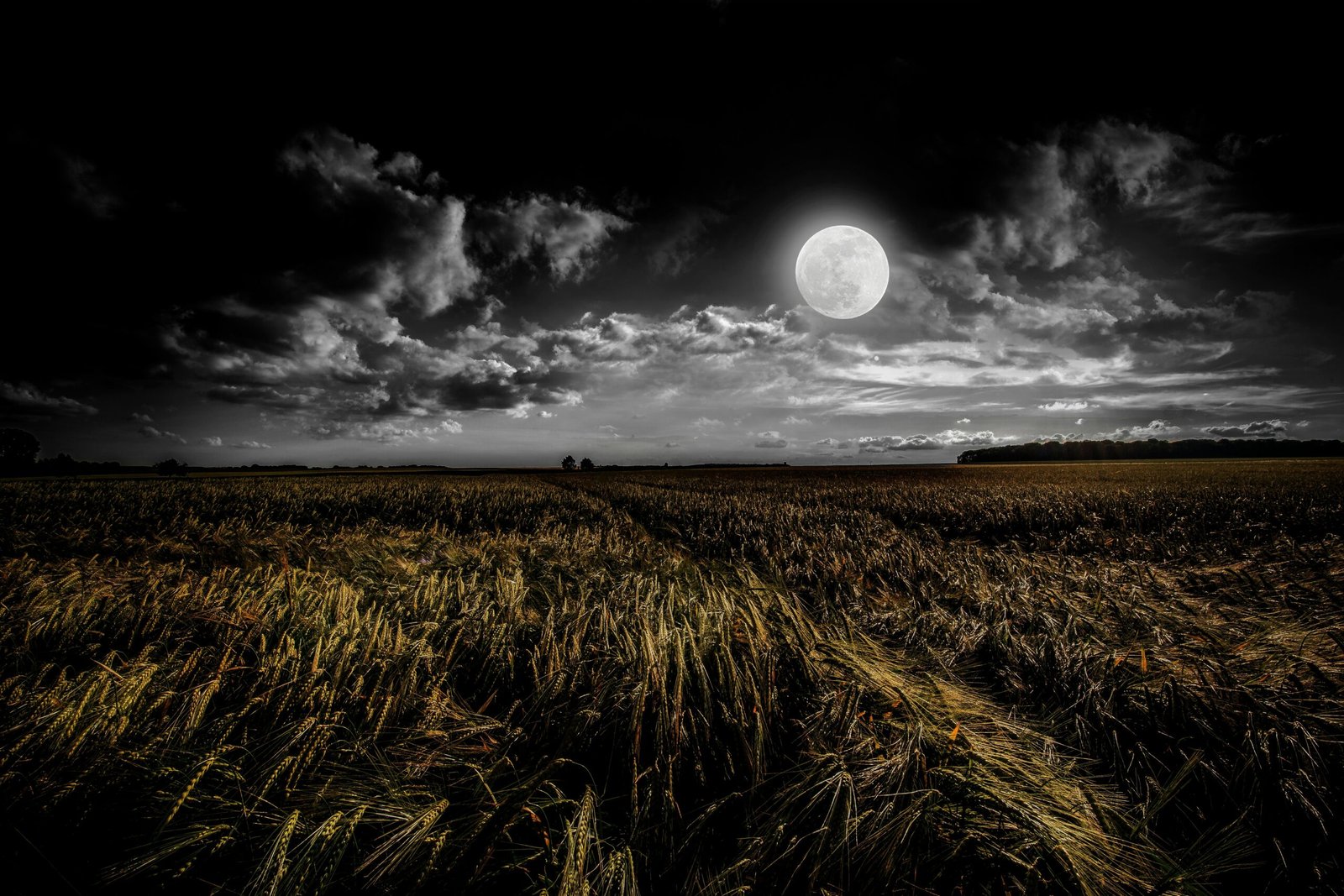Full Moon Mystique: Unveiling Their Names and Meaning Across Time
Throughout history, humanity has looked to the night sky for guidance, inspiration, and meaning. The full moon, with its luminous presence, has been a constant companion, reflecting the rhythm of the seasons and our connection to nature. Over time, each full moon earned a unique name, steeped in cultural traditions, folklore, and seasonal significance. This guide explores the most widely recognized full moon names, unraveling their fascinating origins and alternative titles, as well as introducing lesser-known lunar labels that enrich our understanding of the celestial cycle.
Wolf Moon
- When: January
- Why: Named for wolves that howl more frequently during the cold, quiet winter nights.
- Alternative Name: Old Moon
Snow Moon
- When: February
- Why: Reflects the heavy snowfall often seen during this month in the Northern Hemisphere.
- Alternative Name: Hunger Moon
Worm Moon
- When: March
- Why: Refers to earthworms that start to appear as the ground thaws in spring.
- Alternative Names: Sap Moon, Crow Moon
Pink Moon
- When: April
- Why: Named after the pink wildflowers, such as phlox, that bloom in early spring.
- Alternative Names: Sprouting Grass Moon, Egg Moon
Flower Moon
- When: May
- Why: Symbolizes the abundant blossoming of flowers during this time of year.
- Alternative Names: Milk Moon, Corn Planting Moon
Strawberry Moon
- When: June
- Why: Signifies the ripening of strawberries and the beginning of their harvest.
- Alternative Names: Rose Moon, Hot Moon
Buck Moon
- When: July
- Why: Refers to the time when male deer (bucks) grow new antlers.
- Alternative Name: Thunder Moon
Sturgeon Moon
- When: August
- Why: Named for the sturgeon fish, which were plentiful and easily caught at this time of year.
- Alternative Name: Green Corn Moon
Harvest Moon
- When: Closest full moon to the autumnal equinox, usually in September
- Why: Provides additional light for farmers to harvest crops late into the evening.
- Alternative Names: Corn Moon, Barley Moon
Hunter’s Moon
- When: October
- Why: Historically marked the time for hunting in preparation for winter.
- Alternative Names: Blood Moon, Dying Grass Moon
Beaver Moon
- When: November
- Why: Reflects the time when beavers build their dams and lodges for winter.
- Alternative Name: Frost Moon
Cold Moon
- When: December
- Why: Associated with the long, cold nights of early winter.
- Alternative Name: Long Night Moon
Less Common Moon Names
While the above list reflects the most widely recognized names, there are additional, lesser-known moon names tied to specific cultures and regions:
- Ice Moon: Sometimes used for the January full moon, highlighting deep winter conditions.
- Storm Moon: Linked to February, referencing the tempestuous weather common during this time.
- Chaste Moon: An old name for the March full moon, symbolizing purity and renewal.
- Blood Moon: Often describes a total lunar eclipse but is occasionally associated with the October full moon.
- Blue Moon: Refers to a rare occurrence of a second full moon in one calendar month.
- Supermoon: A full moon that appears larger and brighter when it is at its closest point to Earth (perigee).
These additional moon names can provide further inspiration and depth when connecting with the lunar cycle.

